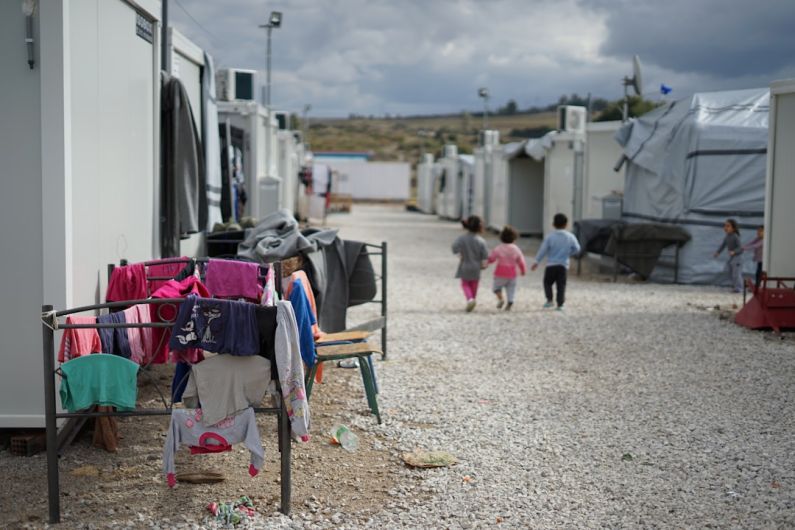Building Playgrounds in Underserved Communities
Playgrounds are an essential part of childhood, providing a safe and stimulating environment for children to play, learn, and grow. However, many underserved communities lack access to well-maintained and fully equipped playgrounds. This article explores the importance of building playgrounds in underserved communities and the positive impact they can have on children’s physical and mental development.
Enhancing Physical Health
One of the primary benefits of playgrounds is the promotion of physical activity among children. In underserved communities, where access to recreational facilities may be limited, playgrounds become even more crucial. With the rise of sedentary lifestyles and the increasing prevalence of childhood obesity, having a safe and accessible space for physical play is essential.
Playgrounds provide children with opportunities to engage in various physical activities, such as running, climbing, swinging, and jumping. These activities help improve cardiovascular health, strengthen muscles and bones, and enhance coordination and motor skills. By building playgrounds in underserved communities, we can encourage regular physical activity and contribute to the overall well-being of children.
Fostering Social Interaction
In addition to physical health benefits, playgrounds also serve as social hubs for children. They provide opportunities for children to interact, make friends, and develop essential social skills. In underserved communities, where children may have limited access to extracurricular activities, playgrounds become crucial for fostering social connections.
Playgrounds offer a space where children from diverse backgrounds can come together and engage in cooperative play. Through shared play experiences, children learn how to communicate, negotiate, and resolve conflicts. These social interactions help build empathy, teamwork, and emotional intelligence. By building playgrounds in underserved communities, we can create inclusive spaces that promote social cohesion and bridge gaps between different groups of children.
Boosting Mental Development
Playgrounds not only contribute to physical and social development but also play a significant role in children’s mental and cognitive growth. Play is essential for children’s brain development, as it stimulates creativity, problem-solving, and critical thinking skills. In underserved communities, where access to educational resources may be limited, playgrounds become valuable spaces for learning through play.
Playgrounds offer a wide range of equipment and structures that challenge children’s imagination and encourage them to explore and experiment. From climbing structures to sandboxes and interactive play panels, these elements provide opportunities for children to engage in imaginative play, sensory exploration, and problem-solving activities. By building playgrounds in underserved communities, we can support children’s cognitive development and provide them with a platform for self-expression and learning.
Creating a Sense of Community
Lastly, building playgrounds in underserved communities can help create a sense of community and pride. Playgrounds become gathering places for families and neighbors, promoting social connections and community cohesion. By involving community members in the planning and design process, we can ensure that the playground reflects the unique needs and preferences of the community.
When community members feel a sense of ownership and investment in the playground, they are more likely to take care of it and ensure its longevity. This sense of community ownership can lead to increased civic engagement and a stronger sense of belonging. By building playgrounds in underserved communities, we can not only provide a space for children to play but also strengthen the fabric of the community as a whole.
In conclusion, building playgrounds in underserved communities is crucial for the physical, social, and mental development of children. By creating safe and inclusive spaces for play, we can enhance children’s physical health, foster social interaction, boost cognitive development, and create a sense of community. Investing in playgrounds is an investment in the future of our underserved communities, ensuring that every child has the opportunity to thrive and reach their full potential.






